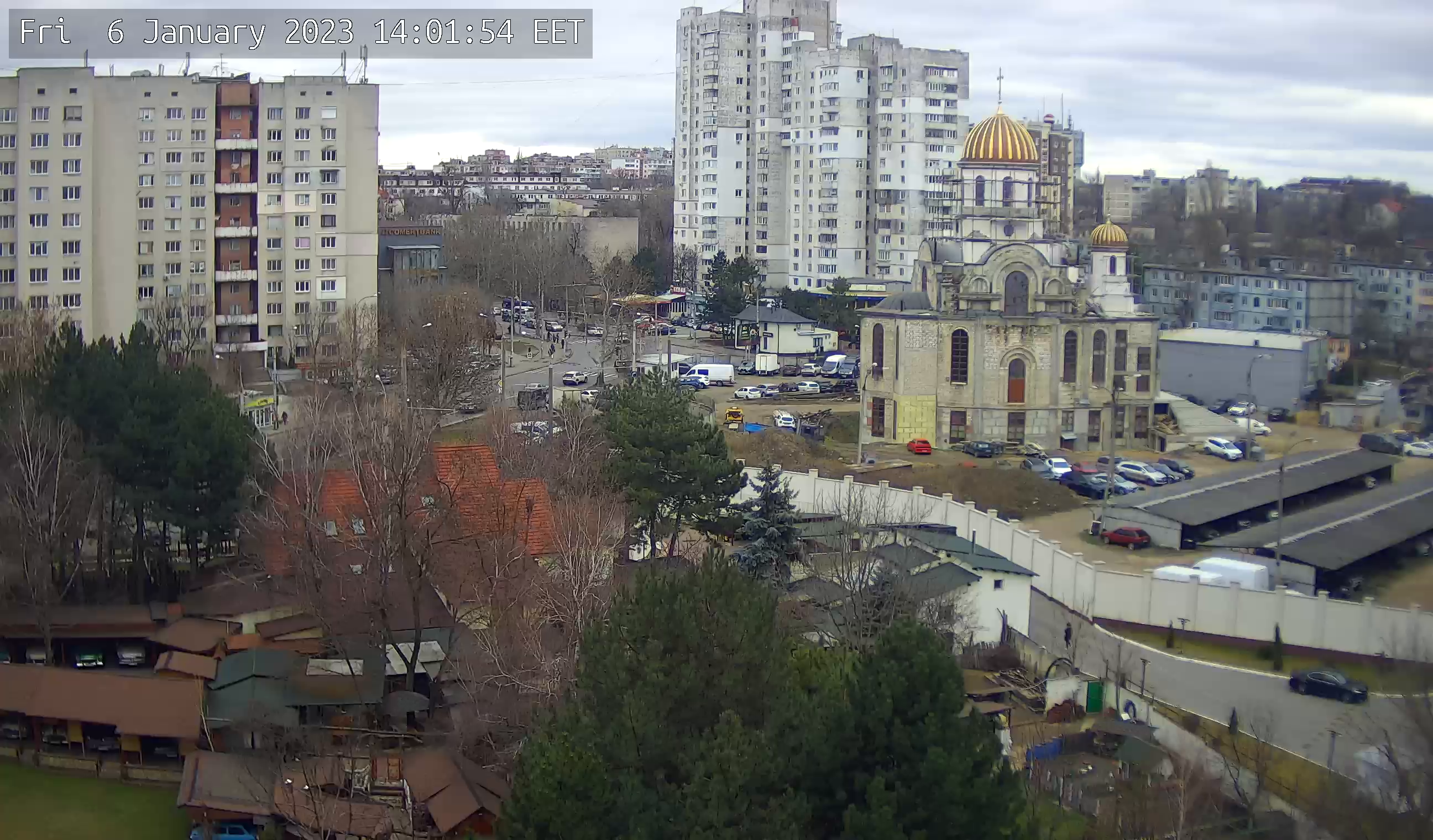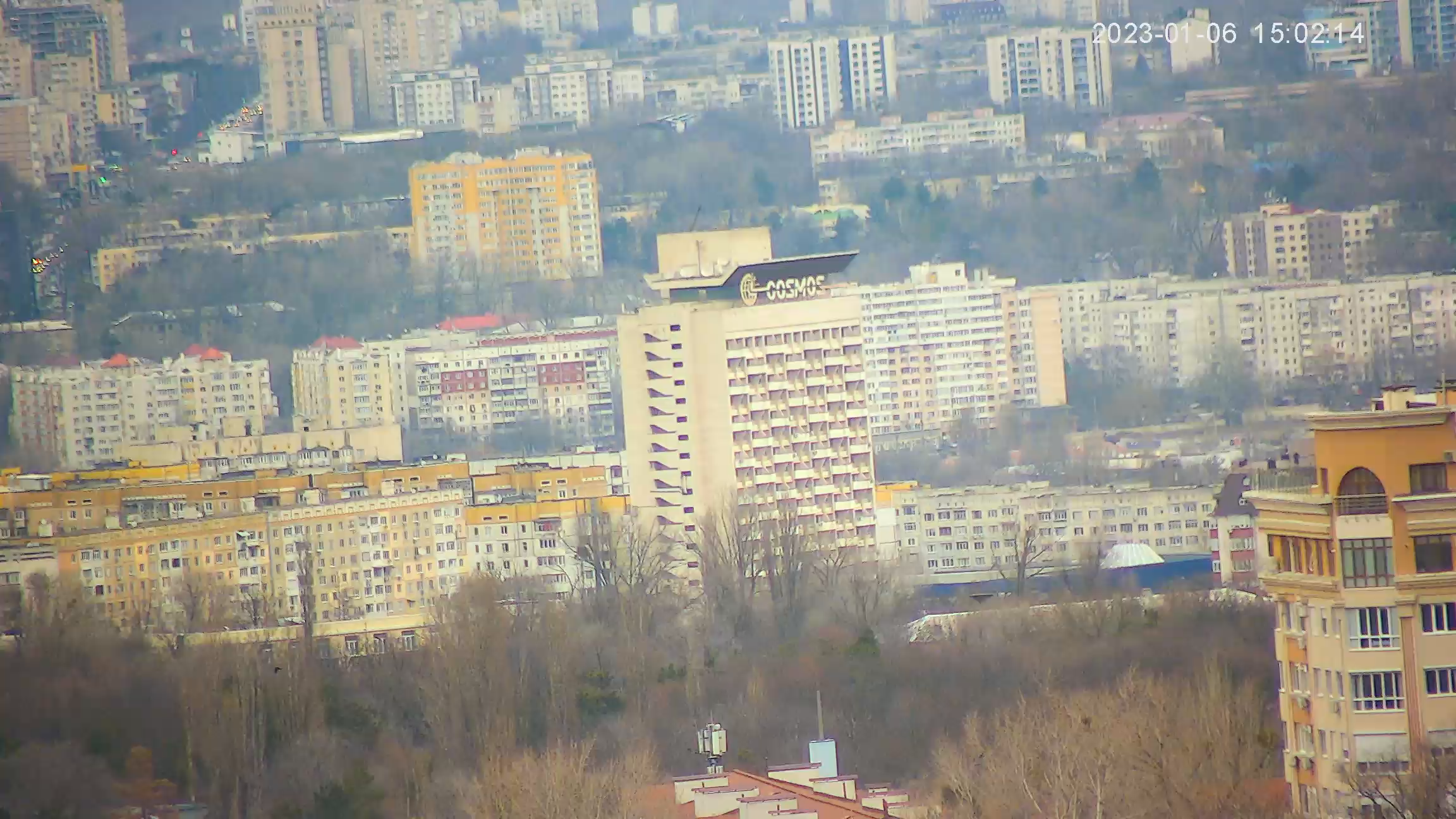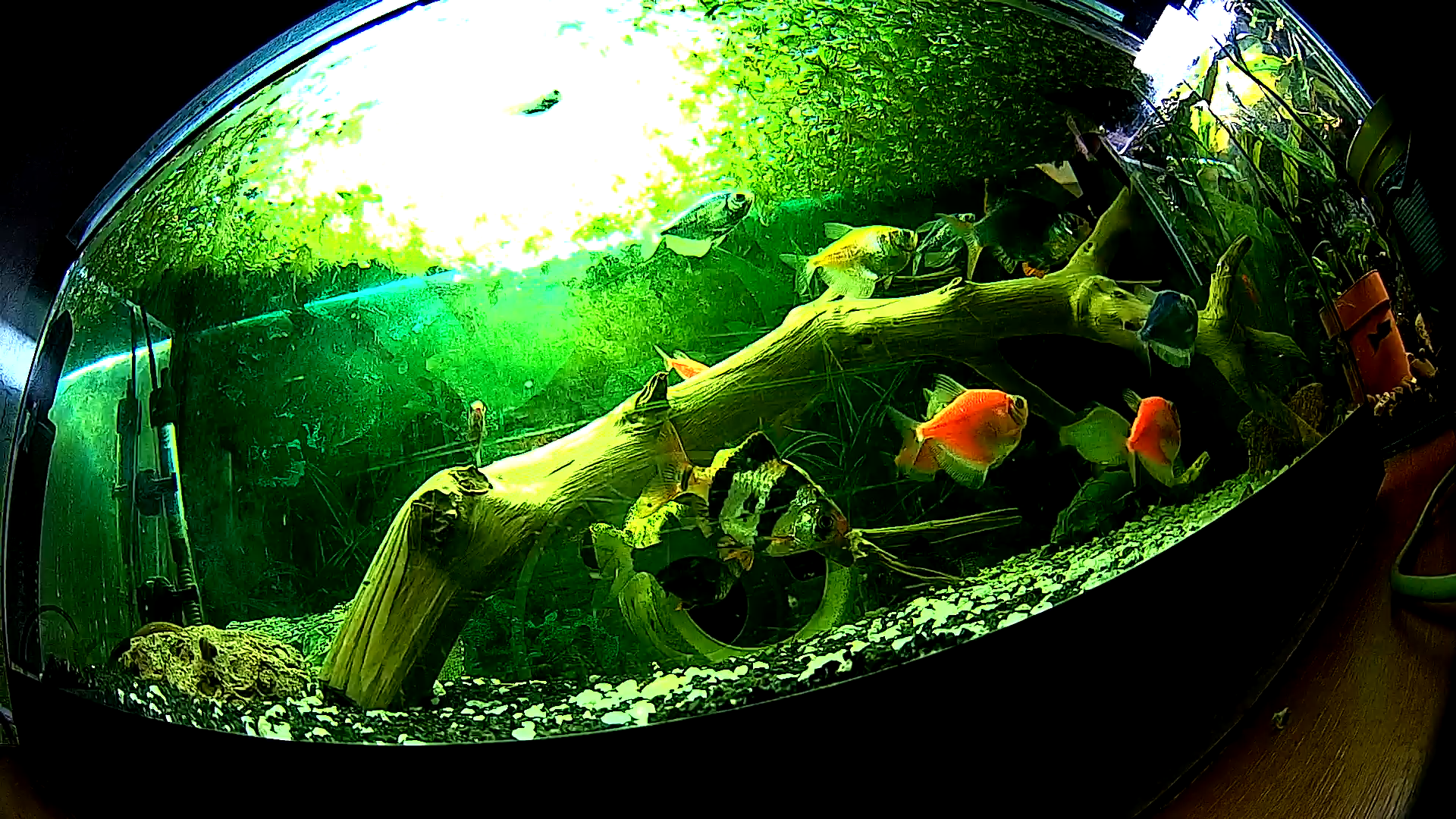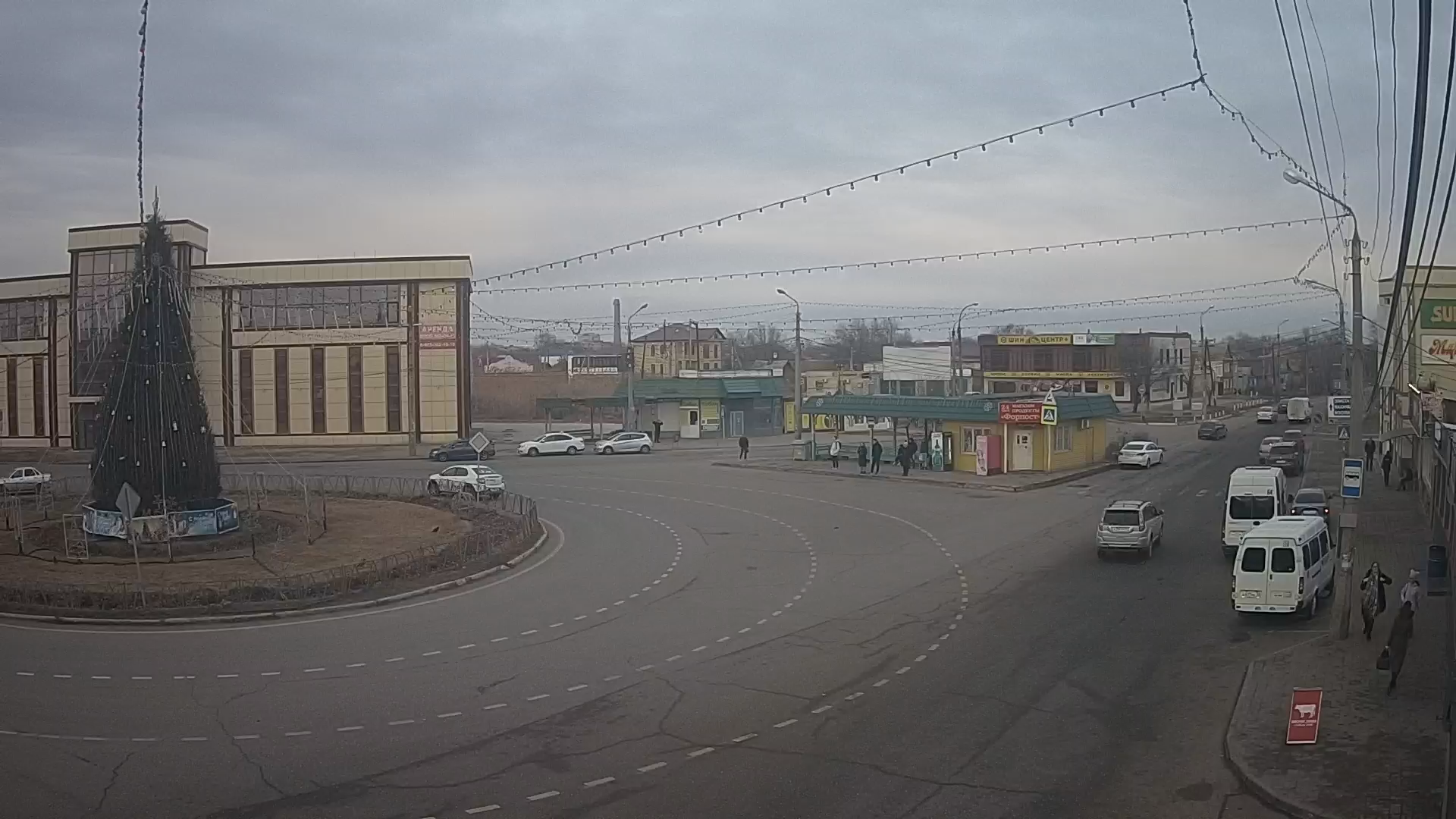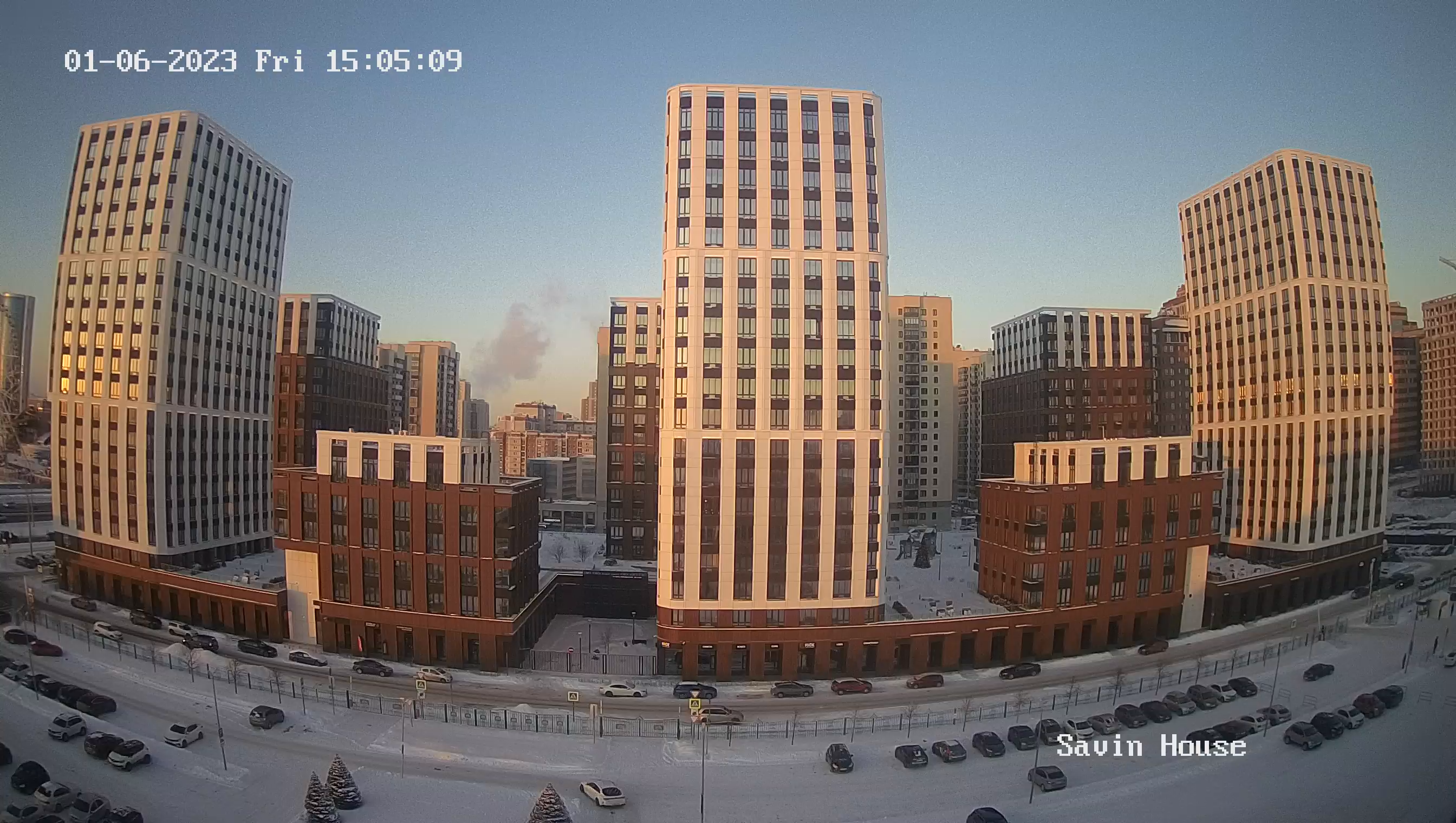Rostov online: City Center in real time
Rostov-on-Don is the administrative center of Rostov region and the Southern Federal District of Russia with a population of over 1 million people. The city is located in the south-east of the East European Plain, on the banks of the Don River, 46 km from its inflow into the Azov Sea. The area of the city is 348.5 sq.km, the distance to Moscow is 1076 km.
The date of Rostov-on-Don is considered to be 1749, when Russian Empress Elizaveta Petrovna signed a decree on the establishment of the state customs at the mouth of the river Temernik. After that a port appeared here, and in 1761 - construction of the military fortress of St. Demetrius of Rostov. An advantageous geographical location contributed to the economic development of Rostov.
By its 100th anniversary the city had about 15 thousand inhabitants, and by the XX century there were over 110 thousand people. The basis of Rostov economy was trade, and the city itself was called a merchant city. However, by the beginning of XX century. in Rostov operated more than 100 companies, a third of which belonged to foreign capital. Until 1917 Rostov was the third city in Russia in terms of trade turnover. By the end of 30-s it was in the top ten cities of the Soviet Union by population and level of economic development.
In the heroic annals of the Great Patriotic War, Rostov entered as a city where the Red Army went from defense to offensive. Rostov-on-Don was a strategic goal in the plans of the Nazi command - not without reason Goebbels called it "The Gates of the Caucasus. But here, at the "Gate of the Caucasus" in November 41, the Wehrmacht suffered its first major defeat. During occupation of the city, the fascists shot and tortured tens of thousands of civilians, about 50,000 people were taken into slavery. The central districts of the city were turned into ruins, theaters, institutes, schools and hospitals were blown up and burned down. Of the 270 factories and plants, only six survived. However, thanks to the selfless work of Rostov, the capital of the Don was restored from the ruins and became even more beautiful.
In 1970 the Decree of the Supreme Soviet of the USSR Rostov-on-Don was awarded the Order of Lenin, in 1982 by order of the Presidium of the USSR was awarded the Order of World War I. On the eve of the 63rd anniversary of Victory in World War II Rostov-on-Don was awarded the honorary title "City of Military Glory.
Today Rostov is one of the largest cities of modern Russia, a political, economic, cultural and scientific center of the south of the country, an important hub of transport routes.

